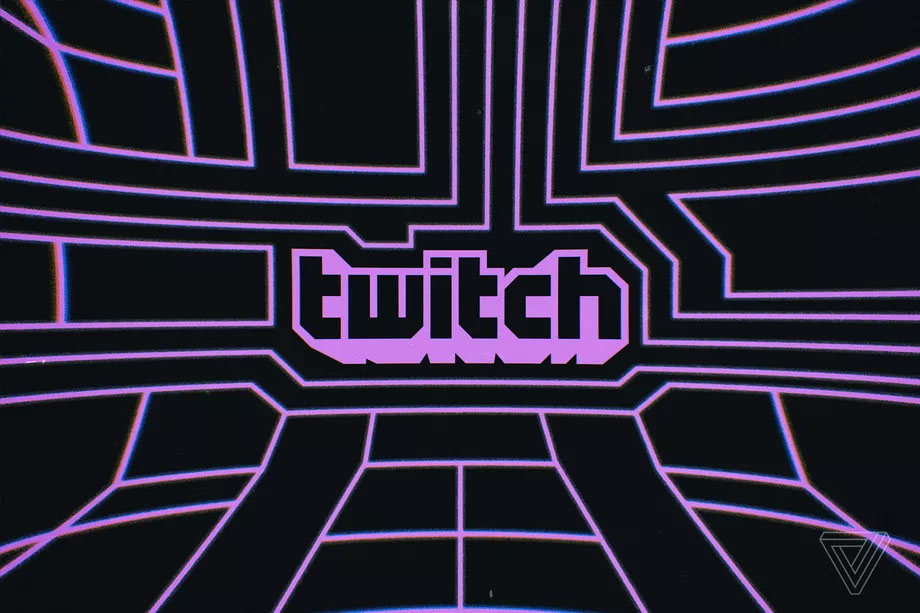
Twitch just launched Twitch Studio, the company’s first broadcasting software.
Though the platform is the biggest player around in the live-streaming space, its broadcasters — from the most prominent creators to the smallest streamers — all rely on third-party software to get their streams to their viewers. The idea is to give new streamers an easier experience of getting started on Twitch — and, of course, to bring more people in.
“We’ve been listening to our users give us feedback, talk about their experience, how they started streaming, how they progress,” says Cheng Cheng, Twitch’s director of product management for the creator experience. “And one really consistent pain point was that multiplayer entertainment is really fun, it’s really engaging, but the bar to really get started is quite high.”
Before this, to start streaming on Twitch, you had to download one of a few different pieces of broadcasting software, like OBS, and then configure it so that it works with your camera, microphone, and, if you’re trying to stream console gameplay, your capture card. It can take a while to get right. “We don’t want to throw an hour of setup at you. We want you to just actually get started and start to enjoy what you’re passionate about,” says Cheng.
/cdn.vox-cdn.com/uploads/chorus_asset/file/18942387/customization_2.gif?w=980&ssl=1)
The software took several months to build. Different countries and hardware setups make consistency complicated, which is why Cheng says Twitch spent time going to “different geographies” and testing different hardware. Twitch Studio was designed to hide the traditional multistep process it takes to stream — to hide the complexities of configuring your hardware, software, and network connection — in order to allow potential streamers to get started as soon as possible. Most of the team who worked on the product were streamers themselves and understood why it’s sometimes so difficult to get started. (Cheng is “an avid streamer to zero viewers,” he says.)
Twitch Studio is aimed directly at new streamers, and it’s not meant to compete with any of the more advanced options to get a stream on Twitch, like Streamlabs or Xsplit. The idea is to expand the range of people who are streaming on Twitch. Right now, the platform overwhelmingly plays host to video game streams, though it’s expanding into other domains of live entertainment, like sports and music.
/cdn.vox-cdn.com/uploads/chorus_asset/file/18942390/alerts_2.gif?w=980&ssl=1)
“It’s about interacting with your audiences, and being able to have that magical relationship building,” says Cheng of Twitch Studio. “And that’s something that we really want to make easy as well, because I think that’s really where that live format kind of shines.”
Twitch Studio’s closed beta is PC only and starts today. You can apply here.
